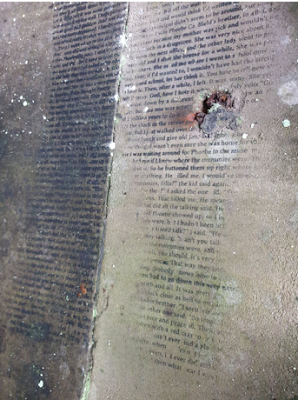Declared derelict in 1973, this castle has a rich history with the building standing on the site of what used to be home to a family of dukes. The structure itself was constructed in the aftermath of a fire which destroyed the original building and to this day remains a ruin on the outskirts of Stirling.
  |
|
Now, there remains the structure’s original basement alongside its turrets, one of which being fully accessible via a winding staircase. Old caged windows also still stand within the castle which look to belong to what once was a cellar. Since its abandonment however, nature has become a prevalent part of the estate’s beauty with trees growing openly within the building and vines wrapping around the outside walls.
Surprisingly, the building has only suffered minor graffiti over the years, most of which is rather subtle and not overly aggressive or imposing.

Castle when photographed in 1939…
 |
| Source: Paris-Roubaix |
Now…
 |
| Source: scotlandinoils.com |
More blogs on this location:
https://adventureandanxiety.com/2016/05/buchanan-castle-loch-lomond_23/
https://inspiredbymaps.com/buchanan-castle-scotland/
http://www.abandonedscotland.com/buchanan-castle/







Comments
Post a Comment